WHAT IS AN AGRITOURISM EXPERIENCE AND WHAT DO YOU GAIN BY STARTING IT?
Tourists are changing from being consumers to experiencers who want to experience authentic sensations with people, places and cultures different from their own. In this context, agricultural activities play an important role. In fact, in addition to transmitting the knowledge of farmers and dairy farmers to visitors, agritourism promotes rural development and environmental sustainability.
And what do we mean by agritourism experiences? Diverse activities related to the primary sector: learn to care for livestock, immerse yourself in the world of wine by visiting wineries, enter an organic olive grove and do a paired oil tasting, discover the secrets of traditional fishing, do a workshop on how to cook with mushrooms, discover how saffron is grown… These are just a few examples of the many possibilities.
The key is that the experiences you offer are capable of creating unforgettable feelings in visitors so that, after living them, they want to recommend them.
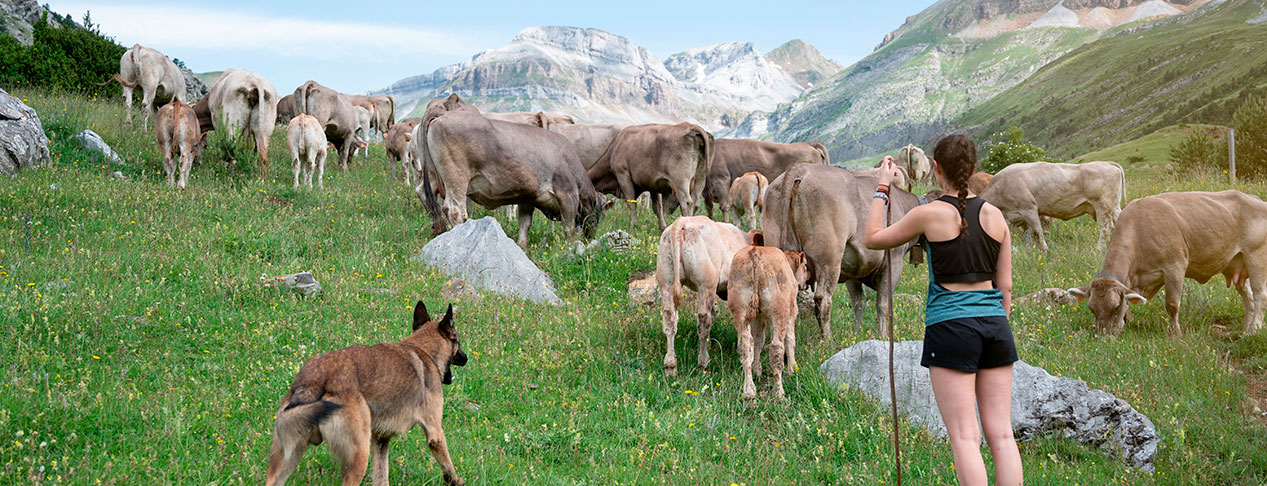
BEFORE YOU START
Before you launch an agritourism experience, it is important that you study what your competitors are offering for clues about similar successful experiences. It is also essential that you assess the costs, dedication and availability of suppliers. Furthermore, it is always a good idea to consider the purpose you want for your experience: To not lose the traditional know-how of your area? Contribute to tourism in your area?...
Also, you must keep in mind that designing an agritourism experience means taking time to make visitors feel comfortable and welcome. A lot of tourists do not come from an agricultural or livestock background, so they will ask many questions to fully understand the activity. Hospitality is key in this aspect.
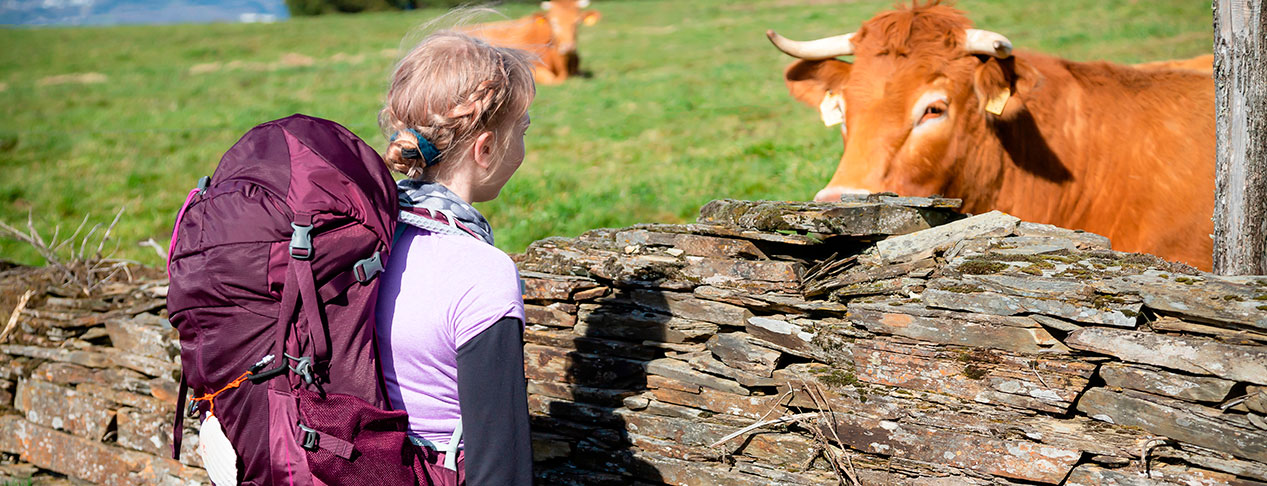
WHAT TYPE OF AUDIENCE DO YOU WANT TO OR CAN YOU WELCOME?
Your customers can be very diverse: from tourists who visit the destination for the first time to potential customers who live in the same environment as you. Additionally, it is always advisable to be aware of the multiple profiles or types of tourists with different interests in order to suitably adapt the experience to your audience:
-
Families with children: keep in mind that they look for activities that are interesting for the little ones, and that they prefer that experiences are educational, but also fun. The idea is that parents feel that they are contributing to the education of their children, and that the latter have fun and tell their friends what they experienced. A practical example? A dairy farm can organise an experience for children to learn how to make cheese or yogurt and enjoy interacting with the animals. At the end, give the children a little present while leaving time to purchase your products.
-
Couples or adults without children: they look for complementary activities to their trips, since they are great consumers of leisure and enjoy making the most of their free time. Unlike the previous group, they generally do not want to share their space with children, but they do value other aspects such as originality or being able to participate in local sustainability.
-
Small groups of friends: they wish to have a good time together while enjoying the natural environment, and book the experiences as a complement to other activities. Although they will not require perfect technical content, they do appreciate acquiring knowledge during the experience.
-
Adults over 55: professionals, early retirees and retirees: they are usually experienced and calm people who like to buy local products, maintain traditions, interact with the locals... They appreciate the natural surroundings in which the activity takes place and its authenticity.
-
Other profiles: groups of schoolchildren, professionals or students of subjects related to the primary sector, incentive trips for companies...
The most important thing is that you are clear about whether the experience can be directed to one or more of these groups to create a story based on their interests and design the most appropriate experience.
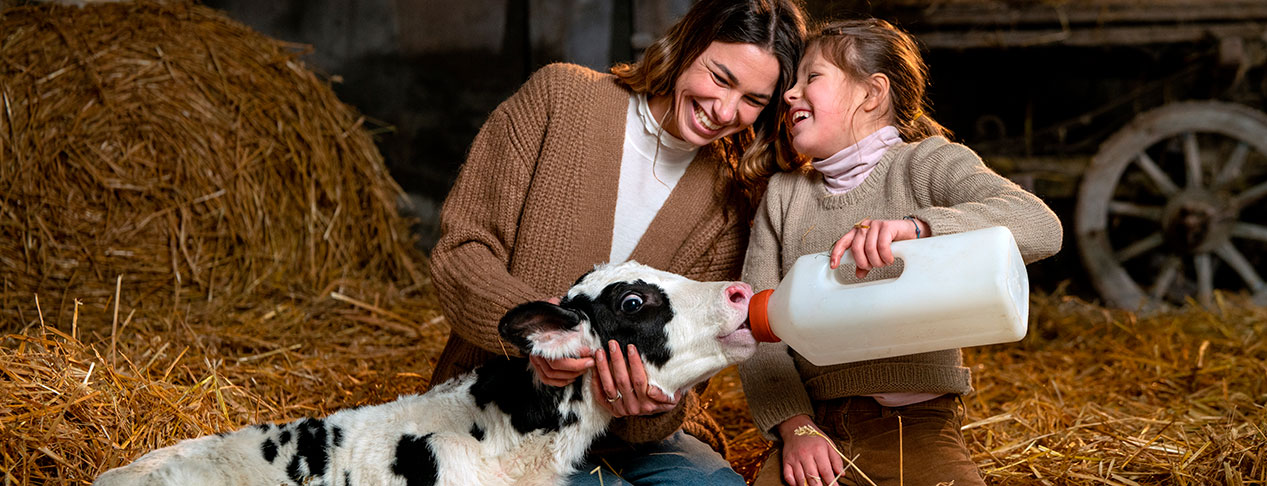
HOW DO YOU DESIGN AN AGRITOURISM EXPERIENCE?
Once you have chosen your target audience, you can start designing your experience. What are the key factors when creating it?
-
Describe your activity in detail: What will tourists see, smell or touch? If a tasting is offered, what exactly will it consist of? Are visitors going to learn or discover something new? Appeal to all their senses to attract their interest and focus on what makes your offer special.
-
Define the consumption format well: tourists must be clear about issues such as whether you are offering a free or self-guided visit or a combination of both, whether there is a minimum number of people for the experience to take place, or whether there is limited capacity that guarantees that the activity will be satisfactory for everyone. You can even offer a private experience.
-
If there is any recommendation or warning such as the need to wear appropriate clothing or caution due to allergies or physical condition, convey this clearly to your customers.
-
Accurately state the duration of the visit: in addition to the experience's duration, tourists need to know if it is available every day, only on weekends, in specific seasons depending on your product...
-
Specify the booking and payment methods:: it is advisable that you collaborate with the destination's tourism management entity, as well as with local tourism agents, and with entities that promote the primary sector in the destination such as Designations of Origin, Protected Geographical Indication, local action groups, etc. This will give tourists several ways to book the experience.
Once you are clear about all these points, you will be able to develop the narrative or script of your experience, always with useful and updated information. Define a communication style that you feel comfortable with, connect with your customers' motivations, use fresh and direct language and always try to convey emotions. It is essential to use images with the texts you create to describe your experience. Choose photographs that show people enjoying themselves in a natural way, since images of empty places do not convey good emotions
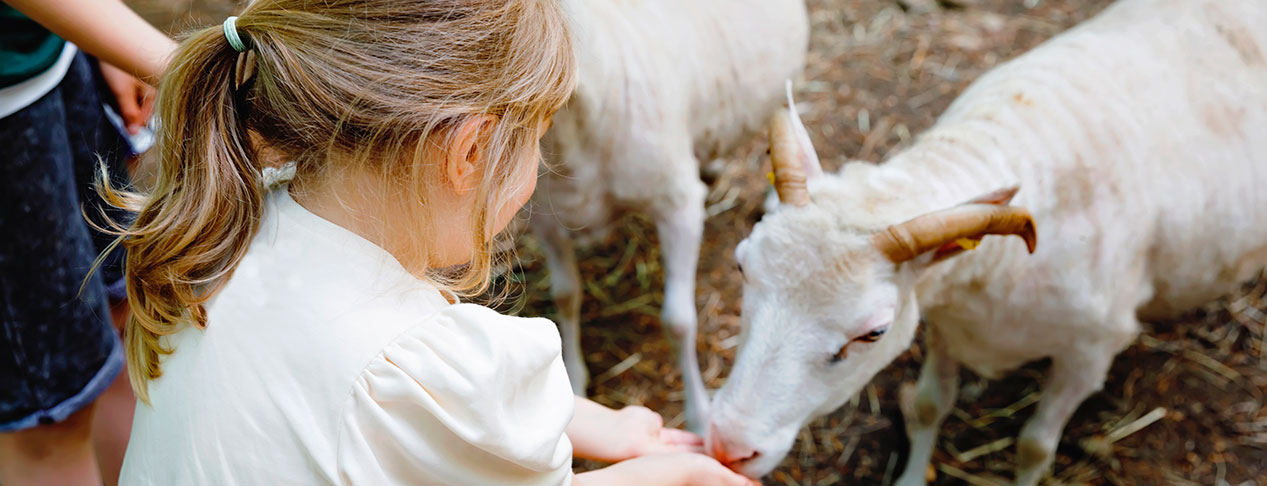
WHAT DO YOU HAVE TO DO TO GET GOING?
Firstly, before you get started, always take into account the most practical aspects such as checking that the regulations applicable to the operation and the activity are complied with. This is especially important when your activity is about food production or interacting with animals. Also, always think about the safety of your customers on the premises.
It is also important that you are careful about choosing who will lead and participate in the activity. Ideally, it should be a person who has the appropriate knowledge to convey the values of your experience and has the time necessary to do so.
Secondly, once the experience is designed, it is essential to promote it through several possible channels:
-
Establish collaborations with tourism agents in your area (tourism managers, tourist offices, agencies and platforms for selling experiences, etc.) that help you spread the word and even create tourist packages.
-
Create a simple brochure and distribute it to customers and tourism stakeholders.
-
Organise an open day, go to events and local markets where you can offer your experience and advertise it on local media.
-
Consider the option of creating a web page with careful and updated information as a showcase of your activity. Position it in search engines through the correct keywords and consider installing an online reservation management system.
-
Create company profiles on social networks that help you to improve visibility in internet search engines and increase visits to your website.
Once all these steps have been taken, it will be time to track the results to see if your objectives have been achieved. If necessary, redesign your activity while always taking into account the opinion of visitors after their experiences.
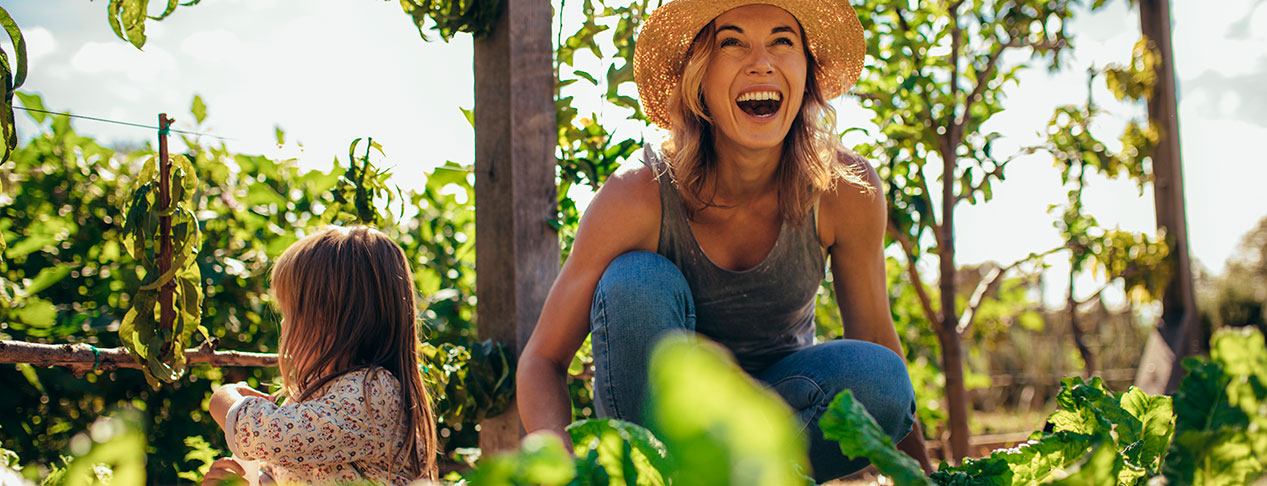
Many companies have begun creating immersive experiences that revolve around their products and their know-how. All of them are examples of reinvention and innovation. Now it's your turn. Download here a complete guide with more details, with a glossary and with useful tools to kick-start your experience.
Here you will also find a catalogue of outstanding experiences that are already working (you can take ideas and check that your business can be of interest to tourists) and all the information about this project.





